Auckland-based Pacific Channel has launched a new $36 million (NZD 40 million) fund that will provide seed capital to advance the development of seven large-scale renewable energy generation and storage projects to the shovel-ready stage, with an additional 18 in the pipeline.
Pacific Channel said Fund V will support the development of a national portfolio of wind, solar and storage projects led by renewable energy developer Kākāriki, a joint venture formed by operators including Australia’s Energy Estate, United Kingdom-headquartered Regener8 Power, and New Zealand companies Elemental Group and Tāmata Hauhā.
The initial phase of the Kākāriki portfolio includes 4 GW of solar and wind generation and 2.3 GW of battery energy storage capacity, with land access, planning, grid connection activities already underway.
Pacific Channel Partner Richard Pinfold said Fund V will provide the seed capital to get these “well-advanced” projects investment ready, with plans to invest in up to 18 more as part of the broader pipeline that exceeds 10 GW capacity across both islands.
“Fund V is about giving these projects the momentum to move from development to delivery, and in doing so, helping secure New Zealand’s clean energy future,” he said.
“This unlocks the large-scale capital required to deliver long-term economic, environmental, and community benefits.”
Pinfold said the scale of the Kākāriki portfolio is designed to help catalyse a sixfold increase in renewable energy generation for New Zealand.
“Generating six times current levels will not only secure affordable energy for homes and businesses, it also creates opportunities to electrify transport, industry and buildings, grow exports through surplus embodied energy products and attract new energy-intensive industries,” he said.
Included in the first seven projects is the Mackenzie Basin project, a proposed 600 MW solar farm with potential for a 300 MW / 1,200 MWh battery energy storage system located southeast of Twizel on the South Island.
Projects on the North Island include the proposed Ngā Hihi Kānapanapa 100 MW solar farm and battery project at Hawke’s Bay, a 170 MW floating solar farm at Lake Waikare, and a 77 MW solar farm in the Bay of Plenty.
Kākāriki Executive Chairman Simon Currie said the projects are strategically positioned to meet surging demand from industrial decarbonisation, electrification of transport, the retirement of coal and gas generation, and the emergence of new energy-intensive industries such as data centres.
“Kākāriki’s projects are in the right places to meet growing demand from industry and communities,” he said, adding that they will “contribute to decarbonisation goals not only here in New Zealand but also by helping to decarbonise global supply chains.”
This content is protected by copyright and may not be reused. If you want to cooperate with us and would like to reuse some of our content, please contact: editors@pv-magazine.com.
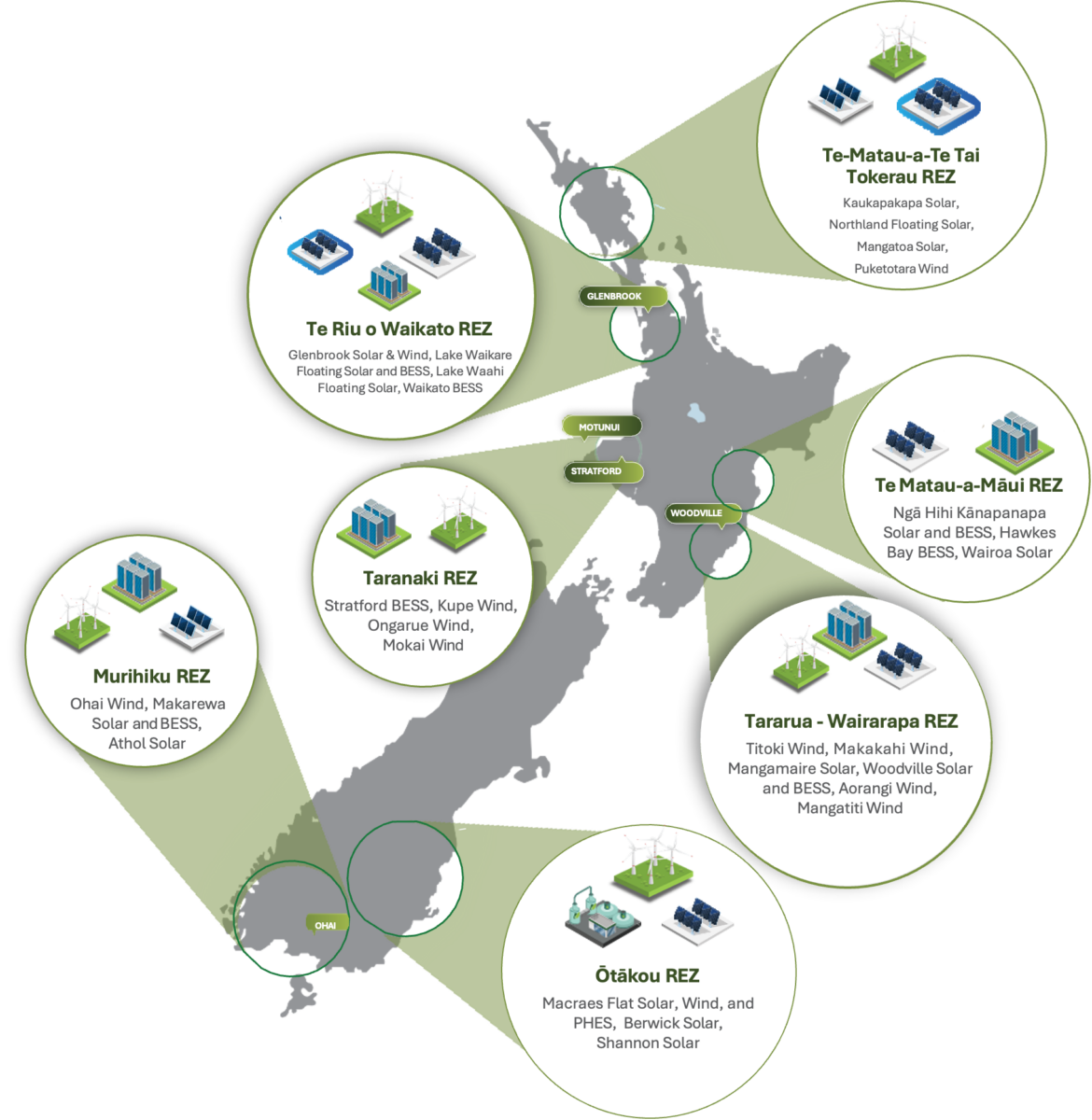
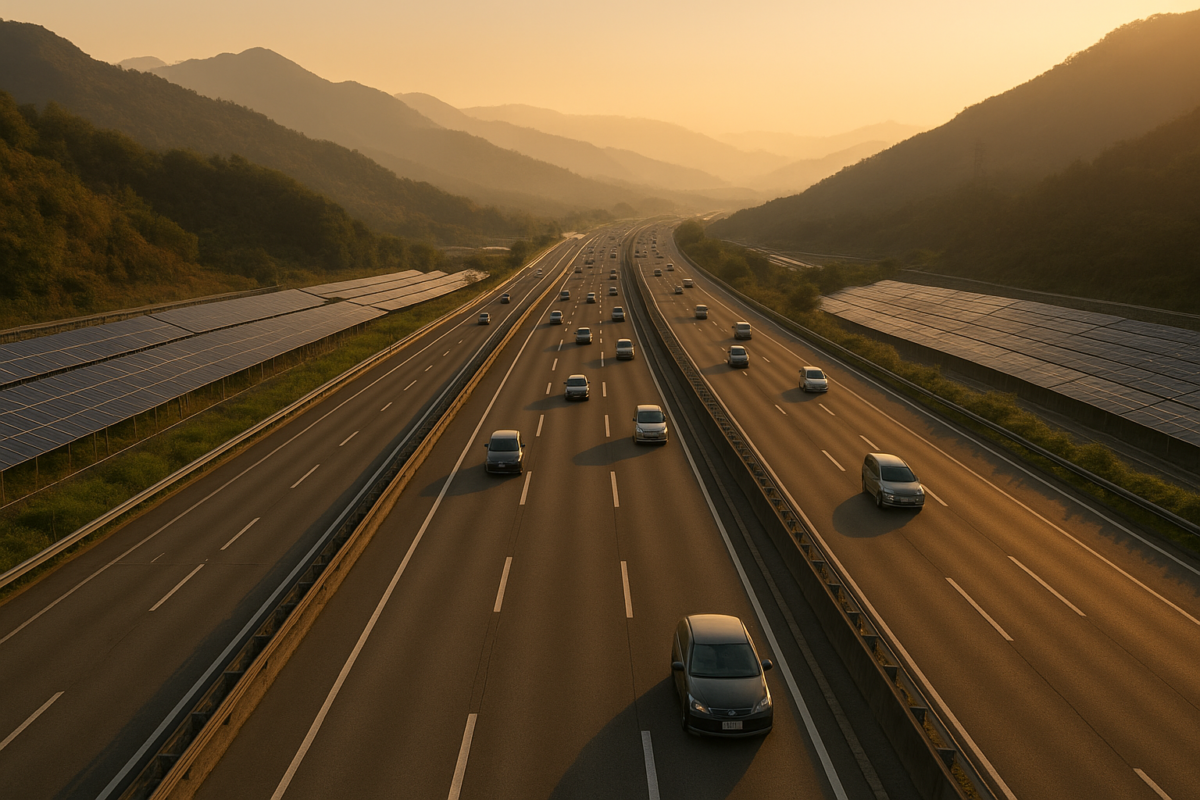
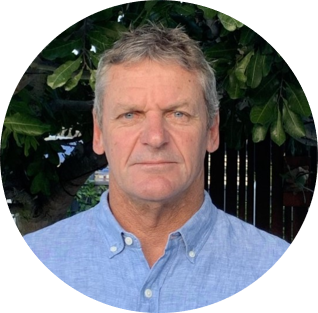


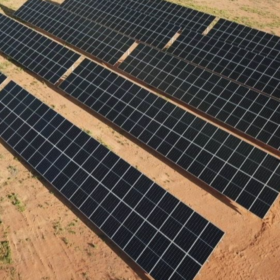
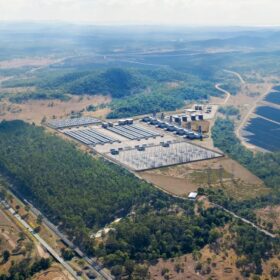
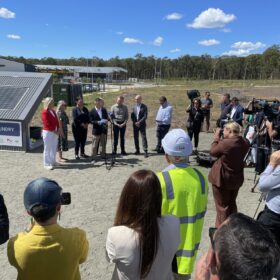
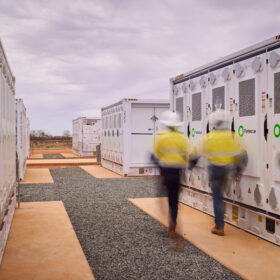
By submitting this form you agree to pv magazine using your data for the purposes of publishing your comment.
Your personal data will only be disclosed or otherwise transmitted to third parties for the purposes of spam filtering or if this is necessary for technical maintenance of the website. Any other transfer to third parties will not take place unless this is justified on the basis of applicable data protection regulations or if pv magazine is legally obliged to do so.
You may revoke this consent at any time with effect for the future, in which case your personal data will be deleted immediately. Otherwise, your data will be deleted if pv magazine has processed your request or the purpose of data storage is fulfilled.
Further information on data privacy can be found in our Data Protection Policy.